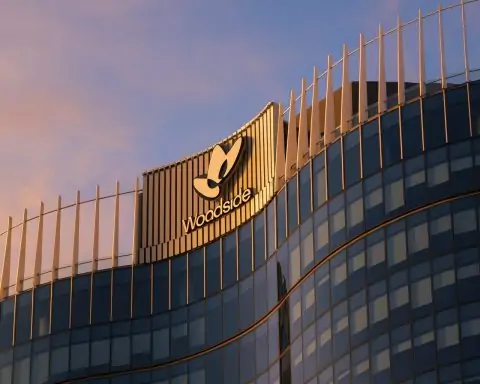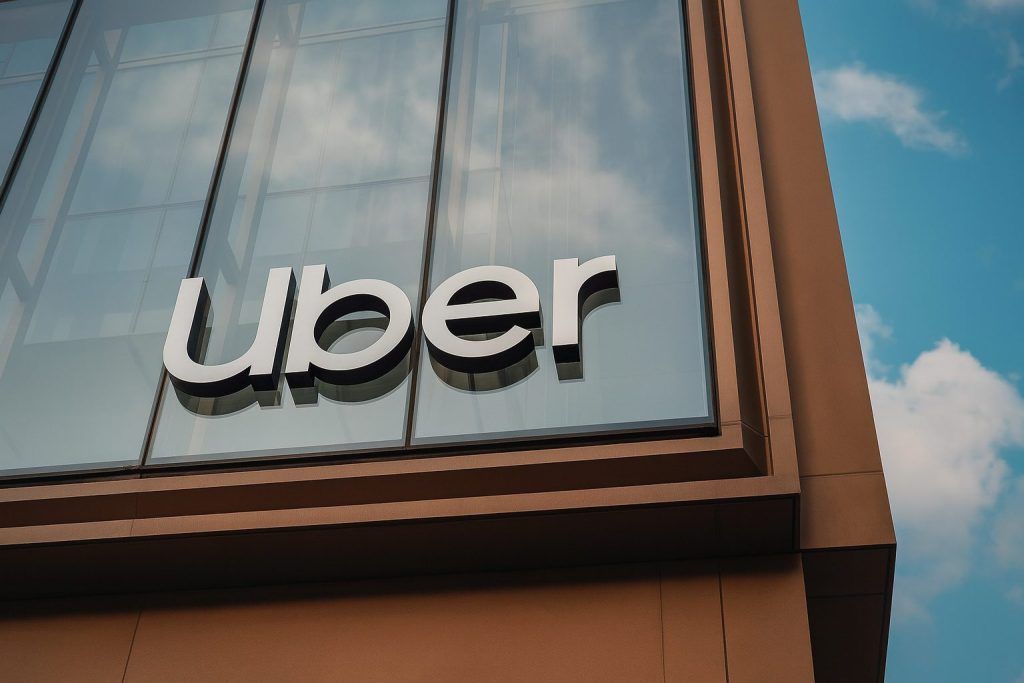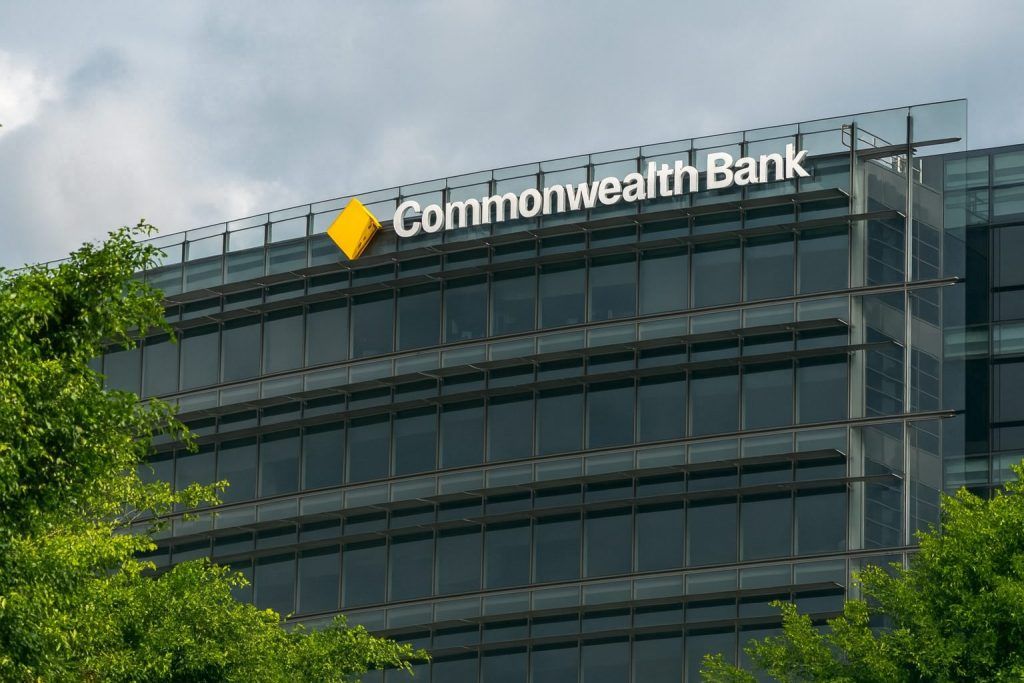Published: 27 November 2025
BHP Group Ltd (ASX:BHP) heads into Thursday trade with investors digesting one of its busiest news weeks of the year. The mining giant has walked away (again) from a mega-deal for Anglo American, put a major Queensland coal project on ice, pushed a $20 billion South Australian copper decision out to 2028, and is still dealing with the fallout from a landmark UK court ruling over the 2015 Fundão dam disaster.
All of this lands against a backdrop of firm iron ore and copper prices, a strong FY2025 earnings base – and rising political and regulatory risk in BHP’s key markets.
BHP share price today: where the stock stands
As of Wednesday’s close on the ASX, just ahead of today’s 27 November session, BHP shares finished at A$41.82, up 1.98% (A$0.81) on the day, with a trading range between A$41.49 and A$41.84. [1]
Market data from Intelligent Investor puts BHP’s market capitalisation at about A$212 billion, underlining its status as the heavyweight of the Australian materials sector. [2]
Overseas, BHP’s New York–listed shares were recently trading around US$55 (NYSE:BHP), also up more than 2% overnight. [3]
On the broader market, the latest rally in Australian equities was driven in part by the big miners, with local media noting the S&P/ASX 200 pushed higher on Wednesday as BHP climbed almost 2%. [4]
At current levels, independent research estimates BHP’s forward dividend yield at roughly 4–4.5% fully franked for FY2025–26, supported by strong cash generation and a long record of high payout ratios. [5]
Saraji East coal expansion shelved amid Queensland royalty standoff
The biggest fresh headline for BHP today is in Australian coal.
On Thursday, BHP Mitsubishi Alliance (BMA) – BHP’s 50:50 joint venture with Mitsubishi – confirmed it will not proceed with investment in the Saraji East underground metallurgical coal project in Queensland’s Bowen Basin, despite receiving state environmental approvals this week. [6]
Key details:
- Saraji East was designed as a long-life underground mine adjacent to the existing Saraji open-cut operations.
- It was expected to produce up to 8 million tonnes of metallurgical coal per year over roughly 20 years, supporting around 1,000 construction jobs and 500 ongoing roles. [7]
- BMA says it will not commit to new or expanded coal projects under Queensland’s current progressive royalty regime, which it has repeatedly branded “unsustainable”. [8]
The decision follows BMA’s earlier announcement that it will mothball the Saraji South mine and cut around 750 jobs across its Queensland coal division, citing a combination of weak prices and sharply higher state royalties. [9]
For BHP shareholders, Saraji East being shelved:
- Reduces future capex in Australian coal,
- Highights sovereign and royalty risk in Queensland, and
- Strengthens the narrative that BHP’s long-term growth focus is shifting away from Australian coal and towards copper and potash.
Industry groups and local business networks are already warning of billions in lost regional spending and further pressure on smaller suppliers as coal investment dries up. [10]
China tightens the screws on BHP’s iron ore sales
Layered over that coal story is a new concern in BHP’s core iron ore franchise.
Specialist steel market outlet SteelOrbis reports that China Mineral Resources Group (CMRG) – Beijing’s state-controlled iron ore trading arm – has instructed Chinese mills and traders to stop buying a second BHP iron ore product, “Jinbao fines”, after previously targeting “Jimblebar Blend Fines” in September. [11]
According to the report:
- The bans come amid stalled negotiations over BHP’s 2026 annual iron ore contract with CMRG.
- Jimblebar fines are estimated to account for roughly a quarter of BHP’s iron ore output, while Jinbao fines volumes are smaller, suggesting China is applying targeted commercial pressure rather than seeking a full-blown trade confrontation. [12]
The dispute underscores two key risks for BHP investors:
- Customer concentration – China remains by far BHP’s largest iron ore customer.
- Growing buyer power – the consolidation of Chinese purchasing through CMRG gives Beijing more leverage in price and contract talks. [13]
BHP pushes back $20bn “Copper SA” decision to 2028
On the growth side, BHP has quietly signalled that Australia may lose out to other regions in the next leg of its copper expansion.
The Australian reports that BHP has delayed a final investment decision on its “Copper SA” project in South Australia until 2028, extending an already lengthy feasibility process. [14]
“Copper SA” is shorthand for BHP’s ambition to turn its South Australian operations – Olympic Dam, Prominent Hill and Carrapateena, plus exploration at Oak Dam – into a world‑class copper province that could more than double copper output to over 650,000 tonnes a year by the mid‑2030s. [15]
Recent developments:
- On 1 October 2025, BHP announced more than A$840 million in growth‑enabling projects at Olympic Dam, including new underground infrastructure and a new oxygen plant, aimed at lifting productivity and setting up a potential expansion. [16]
- At its FY2025 results, management said the smelter and refinery expansion final decision is now expected in the 2028 financial year, a delay of roughly one year versus earlier guidance. [17]
The Australian’s report emphasises that rising labour and energy costs, slow approvals and tax / royalty uncertainty in Australia make giant copper projects in Chile, Argentina and the US comparatively more attractive for BHP’s next big cheques. [18]
For investors, the message is clear:
- Copper SA remains a long‑dated, high‑optionality growth project,
- But capital will flow where returns and policy stability look strongest, and right now that may be outside Australia.
Anglo American mega-deal: bid scrapped, focus back on organic growth
After days of speculation, BHP has formally confirmed it is no longer considering a combination with Anglo American, just 18 months after walking away from an earlier £39 billion approach. [19]
In a Rule 2.8 statement to the UK Takeover Panel on 24 November, BHP said:
- A tie‑up with Anglo would have had “strong strategic merits”, particularly in copper.
- However, the miner is “confident in the highly compelling potential of its own organic growth strategy” and will step back from the talks. [20]
Reuters notes that BHP shares gained modestly after the announcement, while Anglo stock opened higher in London as investors refocused on Anglo’s planned all‑share merger with Teck Resources. [21]
For BHP’s share price, the end of the pursuit:
- Removes deal‑execution and overpayment risk in the near term,
- Leaves BHP still as the world’s largest listed copper producer after a record year of more than 2 million tonnes of copper output in FY2025, [22]
- But raises the question: will BHP continue to “build” copper capacity through projects like Escondida, Copper SA and Argentina, or eventually return to “buy” via M&A if prices or politics shift?
UK court’s Fundão dam ruling remains a looming overhang
Even as BHP pushes new growth themes, the past continues to matter.
On 14 November 2025, the English High Court found BHP liable under Brazilian law for the 2015 Fundão tailings dam failure at the Samarco mine in Mariana, Brazil – one of the largest environmental disasters in the country’s history. [23]
Key points from the ruling and subsequent commentary:
- The decision came in a mass tort claim involving over 600,000 Brazilian claimants, seeking up to £36 billion in damages for loss and environmental harm. [24]
- Legal analyses describe the judgment as a “landmark” in cross‑border mass‑action litigation, highlighting how parent companies can be held responsible for overseas joint ventures where they exert significant oversight. [25]
- BHP has said it intends to appeal and emphasised that more than 610,000 people have already been compensated in Brazil, with many claimants in the UK action having signed releases under a US$32 billion settlement framework agreed with Brazilian authorities in 2024. [26]
While damages will only be assessed in further trials now expected to run into 2028–29, the case:
- Increases uncertainty over BHP’s ultimate liabilities,
- Reinforces ESG and governance scrutiny, and
- Helps explain why some analysts keep a risk discount baked into BHP’s valuation despite its robust balance sheet and margins.
Decarbonisation: NYK shipping partnership renewed
Not all of today’s headlines are negative. On the maritime side, BHP is leaning further into decarbonisation.
Japanese shipping group NYK Line announced on 26 November that it has renewed and expanded its memorandum of understanding (MoU) with BHP to advance decarbonisation and safety in the dry bulk shipping industry. [27]
The updated MoU includes:
- Continued joint work on ammonia dual-fuel vessel technologies,
- Additional biofuel trials and other low‑carbon shipping initiatives, and
- A focus on enhanced safety through NYK’s high‑quality bulk carrier fleet for transporting BHP’s iron ore and other commodities. [28]
For investors tracking BHP’s climate commitments, the partnership supports its broader goal of reducing value-chain emissions and solidifies its position as one of the more proactive miners on maritime decarbonisation.
Commodity backdrop: iron ore and copper prices support earnings
BHP’s share price still lives and dies by commodity prices – especially iron ore and copper.
Recent data show:
- Iron ore: Benchmark seaborne prices are hovering around US$105 per tonne, up slightly on the day, with Dalian January futures trading near 797–799 yuan (about US$112) per tonne. [29]
- Gains are being capped by rising global supply and a structural slowdown in Chinese steel demand, even as China’s 2025 iron ore imports remain on track to surpass last year’s record. [30]
- Copper: Prices have climbed to around US$5.12 per pound, up nearly 2% overnight. LME three‑month copper is trading just above US$10,800 per tonne. [31]
Given BHP’s FY2025 numbers – US$26 billion in underlying EBITDA at a 53% margin and record production in both copper and iron ore – current commodity levels remain highly cash‑generative. [32]
Balance sheet and credit: rating agencies stay comfortable
Amid litigation noise and political risk, BHP’s financial strength continues to impress.
Morningstar DBRS recently confirmed BHP Group Limited’s issuer credit rating at “A” with a Stable trend, reinforcing the view that the company’s leverage, liquidity and cash‑flow resilience remain strong even under stress scenarios. [33]
Combined with BHP’s conservative gearing and consistent free‑cash‑flow generation, this provides a key backstop for the dividend and ongoing capex program.
What today’s news means for BHP shareholders
Pulling it all together, here’s how the latest developments around 27 November 2025 stack up for BHP’s Australia‑listed stock:
Positives
- Earnings base is solid: Record copper and iron ore volumes and >50% margins give BHP a lot of room to absorb shocks and keep paying attractive, fully‑franked dividends. [34]
- Capital discipline reaffirmed: Walking away from Anglo American – and pushing back Copper SA instead of rushing into a mega‑spend in a shaky policy environment – suggests management is still focused on returns, not just growth. [35]
- Decarbonisation and ESG progress: The NYK MoU and ongoing Olympic Dam investments signal a serious long‑term strategy in “energy transition” metals and lower‑carbon logistics. [36]
- Strong balance sheet: An “A” credit rating with a stable outlook supports BHP’s ability to fund capex, absorb legal hits and maintain dividends through the cycle. [37]
Risks and headwinds
- Legal overhang: The Fundão dam decision is a genuine overhang, with potential multi‑billion‑dollar implications and a long appeals process ahead. [38]
- Sovereign and policy risk in Australia: Queensland’s royalty regime has already triggered Saraji South job cuts and now the shelving of Saraji East. South Australia’s copper ambitions are also being weighed against regulatory and cost concerns. [39]
- China exposure: The CMRG restrictions on specific BHP iron ore products are a reminder that political and commercial risk in China can flare up quickly, even in otherwise robust markets. [40]
How the market may trade BHP today
Heading into the 27 November 2025 session:
- The share price bounce toward A$42 suggests investors broadly like the end of the Anglo saga and continue to value BHP as a high‑quality, high‑yield resources blue chip. [41]
- However, the combination of Saraji East being shelved, Chinese iron ore friction and the Fundão ruling could limit near‑term multiple expansion and keep the stock trading more as an income and commodity‑beta play than a pure growth story. [42]
Medium‑term, the key things for BHP holders to watch will be:
- How the Fundão appeal and damages phase evolve;
- Whether China’s iron ore restrictions broaden or de‑escalate;
- Concrete progress and clarity on Copper SA and other copper growth options; and
- Any renewed M&A ambitions once the Anglo/Teck saga is resolved.
For now, BHP remains what it has long been for many Australian investors: a core portfolio stock with world‑class assets, chunky dividends, and plenty of moving parts – and today’s news flow only reinforces that story.
This article is for informational purposes only and does not constitute financial advice. Always consider your own objectives and seek professional guidance before making investment decisions.
References
1. www.intelligentinvestor.com.au, 2. www.intelligentinvestor.com.au, 3. finance.yahoo.com, 4. www.news.com.au, 5. www.intelligentinvestor.com.au, 6. www.abc.net.au, 7. www.couriermail.com.au, 8. www.couriermail.com.au, 9. www.reuters.com, 10. www.couriermail.com.au, 11. www.steelorbis.com, 12. www.steelorbis.com, 13. www.steelorbis.com, 14. www.theaustralian.com.au, 15. www.theaustralian.com.au, 16. www.bhp.com, 17. www.abc.net.au, 18. www.theaustralian.com.au, 19. www.reuters.com, 20. www.bhp.com, 21. www.reuters.com, 22. www.investegate.co.uk, 23. www.bhp.com, 24. www.reuters.com, 25. www.cliffordchance.com, 26. www.bhp.com, 27. www.nyk.com, 28. www.nyk.com, 29. tradingeconomics.com, 30. www.reuters.com, 31. tradingeconomics.com, 32. www.investegate.co.uk, 33. dbrs.morningstar.com, 34. www.investegate.co.uk, 35. www.bhp.com, 36. www.nyk.com, 37. dbrs.morningstar.com, 38. www.bhp.com, 39. www.couriermail.com.au, 40. www.steelorbis.com, 41. www.intelligentinvestor.com.au, 42. www.abc.net.au







